When I first saw it, it was lying in the corner of a room being used for storage. The legs looked like they were falling off the stretcher and gave the impression that at any moment it would break. Although it looked like a candidate for spring cleaning, it was the pattern of the fibers on the countertop that sparked interest in repurposing the table.
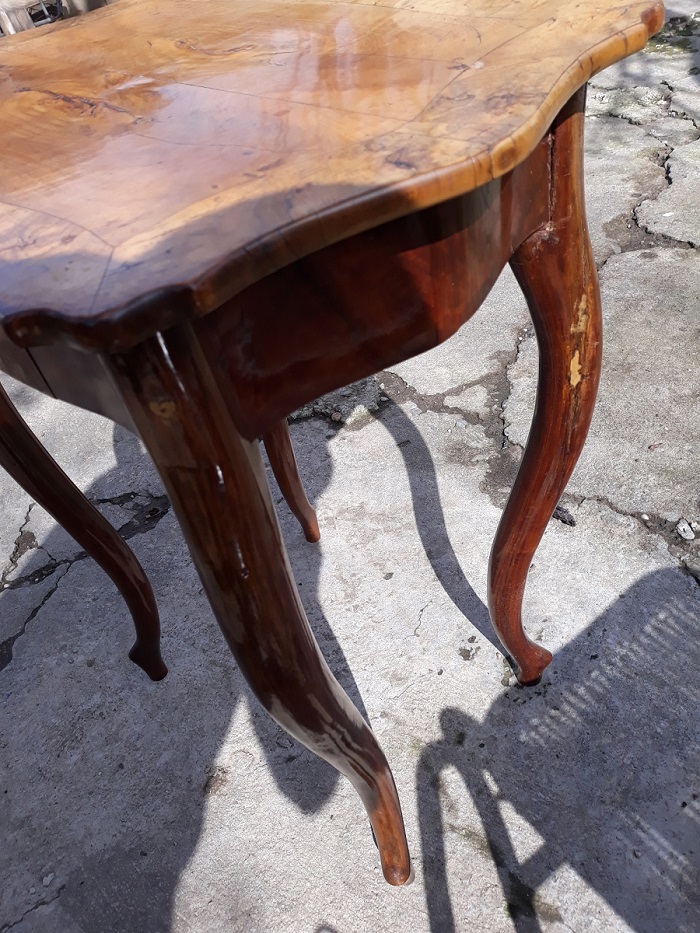
I do not claim to be a connoisseur in the refurbishment, but as a first step I believe that a roadmap of the existing problems should be established.
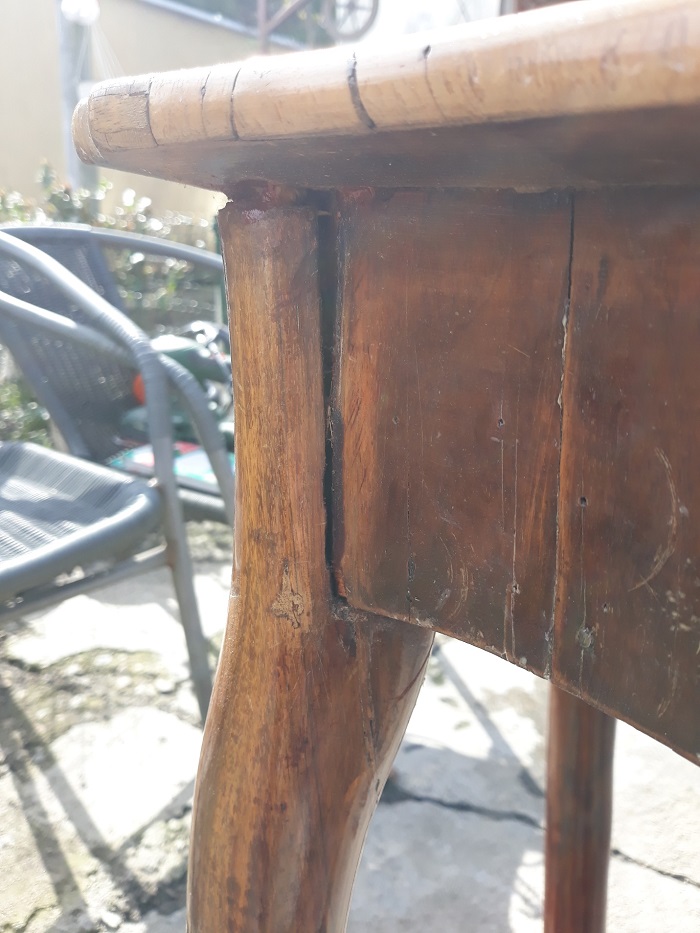
In the case of the table in question, after an inspection, I determined the next steps I had to go through to bring it back to life:
Removing table legs
They came off easily because the glue used was bone glue. Using a hot air blower and a little physical force, the legs were detached.
The type of joint used was made using dowels. I removed the old dowels, redrilled the holes to make sure the joint would be at the proper angle.
Cleaning wood down to the grain
This can be done by sanding or pickling. With no carved elements in the structure and access not a problem, we opted for sanding. I used the same procedure for the drawer.
Clamping component parts with D3 adhesive and use of pliers and presses to ensure properly angled joints.
The next steps were level sanding, finishing, cleaning and fitting the ironwork.

This was my first contact with refurbishing a piece of furniture and you can see it in full here. For a first attempt I was quite happy with the result. I think I got lucky on the veneer, which did not have to be replaced.
See more of Marian's projects here.



























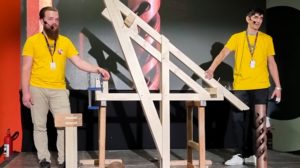
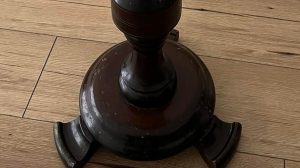
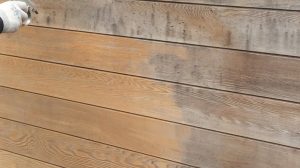

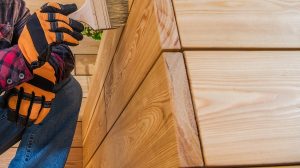
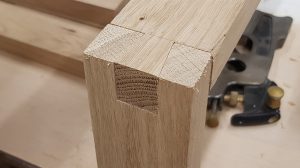



I really like the way it turned out! I would have tried to save it too, had I seen it, but I probably wouldn't have made it through all these steps, but would have fixed it and then painted it two colors (one base and one accent). That would have been a shame, because the sheet looks great with that fiber set. Well done! 🙂
How nice! Bravo! Can I come apprentice?!